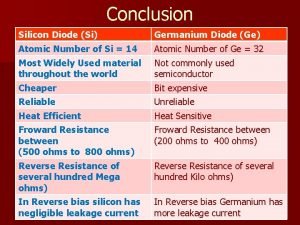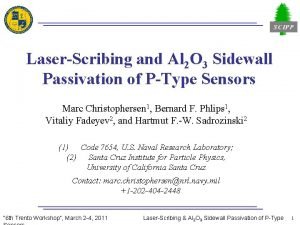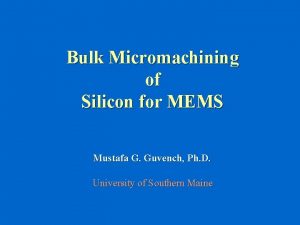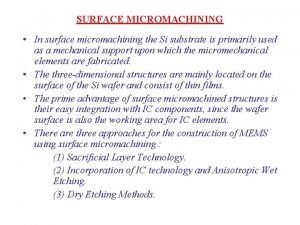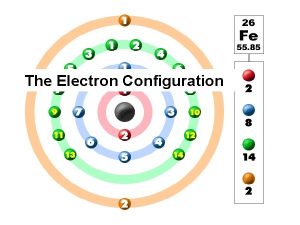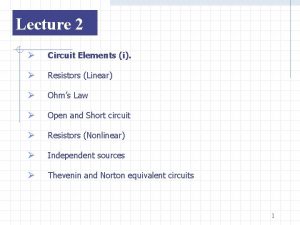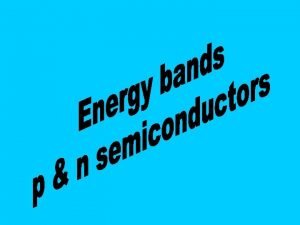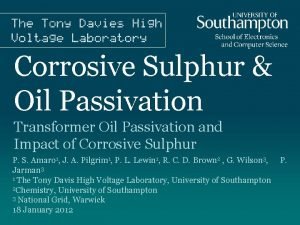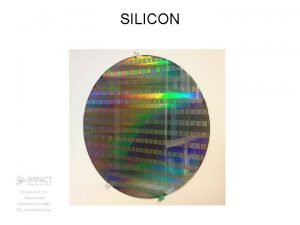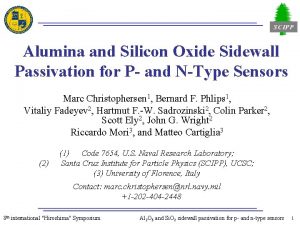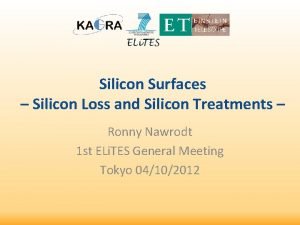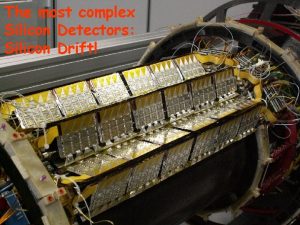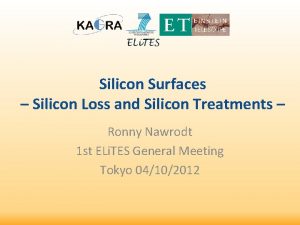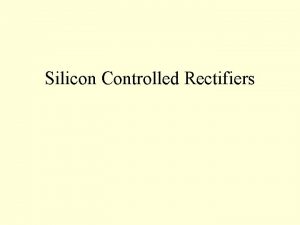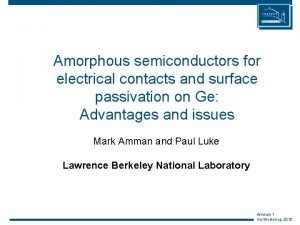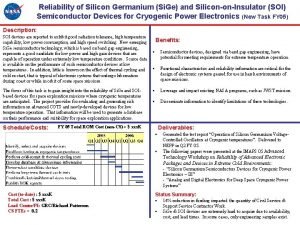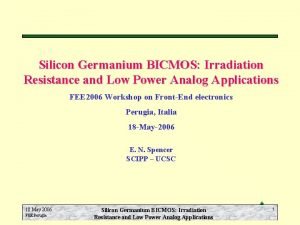NonAqueous Surface Passivation of Silicon Germanium Vi Ann












- Slides: 12

Non-Aqueous Surface Passivation of Silicon Germanium Vi. Ann Pham 1 Stacy Heslop 2, Anthony Muscat 1 Department of Chemical and Environmental Engineering 1 Department of Chemistry and Biochemistry 2 University of Arizona NASA Space Grant Symposium Arizona State University -Tempe, AZ Saturday, April 22, 2017

Motivation • Problem: Si. Ge and Ge form unstable oxides that inhibit device performance. • Need to find effective surface passivation method for Si. Ge and Ge • Passivation layer = coat of protective material that reduces the amount of chemical reactivity on the surface Material Hole Mobility (cm 2 V/s) Silicon 200 Germanium 450 Del Alamo, Jesús A. "Nanometre-scale electronics with III-V compound semiconductors. " Nature 479. 7373 (2011): 317 -323. https: //www. androidcentral. com/sites/androidcentral. com/fil es/styles/xlarge/public/article_images/2015/01/Transistor. pn g 2

Background • Use elemental sulfur as passivation reagent. • Soluble in non-aqueous solvents • Forms oligomers (chains) on the surface • Chains could form multilayers which resist reoxidation. Solubility of Sulfur in Various Solvent Solubility (m. M) Water 1. 9 x 10 -5 Ethanol 0. 9 Benzene 88 Jacques Boulegue, Taylor-France Online. Solubility of Elemental Sulufur in Water at 298 K, , 5(1), (2006) 3

Objectives • Goal: Develop a non-aqueous process that deposits a sulfur passivation layer on Si. Ge 75%. • Passivation layer must protect the surface from reacting with ambient conditions. Si. O 2/Ge. O 2 sulfides Si. Ge 75% Control Sulfur-passivated surface 4

Procedure Si. O 2/Ge. O 2 Si. Ge 75% Cleaning and etching • SC-1 2 min • 1: 1: 500 NH 4 OH: H 2 O 2: H 2 O • UPW rinse 1 min, N 2 dry • HF/HCl Oxide strip 5 min • 1: 3: 300 HF: HCl: H 2 O Si. Ge 75% Control • Rinse 30 s in Et. OH/benzene, N 2 dry Si. O 2/Ge. O 2 Si. Ge 75% Passivation • (NH 4)2 S/S in Et. OH/S in benzene passivation 20 min • 1: 100 (NH 4)2 S: H 2 O/S in Et. OH/S in benzene • Rinse 30 s in DIW/Et. OH/benzene, N 2 dry Sulfur passivation layer Si. Ge 75% 5

Characterization Spectroscopic ellipsometry • Measured overlayer (sulfur and oxides) thickness Goniometry • Measured water contact angle Wikimedia Commons The Leibniz Institute of Polymer Research Dresden 6

Surfaces treated with sulfur in benzene result in 3. 6 ± 0. 3 nm overlayer thickness. • Sulfur in ethanol shows a larger overlayer thickness than (NH 4)2 S and HF/HCl controls, but layer does not resist oxidation. • Benzene processes deposit a mixture of carbon and sulfur species. 7

Surfaces treated with benzene are more hydrophobic than surfaces treated with ethanol. Goniometry Data Passivation Treatments Water Contact Angle ( ° ) S in benzene 69. 3 ± 0. 02 Benzene control 61. 8 ± 0. 07 S in Et. OH 20 min 37. 1 ± 0. 06 Et. OH control 32. 3 ± 0. 11 (NH 4)2 S 19. 1 ± 0. 06 HCl/HF control 24. 0 ± 0. 11 Native oxide 72. 8 ± 0. 06 Θ S in benzene: hydrophobic S in Et. OH: hydrophilic 8

Results • Surfaces treated with sulfur dissolved in alcohols • Surfaces treated with sulfur dissolved in benzene • Overlayer thickness of 1. 4 ± 0. 1 nm • Water contact angle of 37. 1 ± 0. 1° • Overlayer thickness of 3. 6 ± 0. 3 nm • Water contact angle of 69. 3 ± 0. 02° Si. O 2/Ge. O 2/sulfides Si. Ge 75% carbon/sulfides Si. Ge 75% 9

Conclusions • Surfaces treated with sulfur dissolved in benzene • Carbon and sulfur species present on surface. • Surfaces with sulfur in benzene hydrophobic • Confirms carbon is present on surface • Surfaces with sulfur in alcohols hydrophilic • Confirms oxides present on surface Future Work • Analyze sulfur-treated surfaces using x-ray photoelectron spectroscopy (XPS) • Determine chemical species on surface. • Hybrid approach • Deposit single layer of sulfur on surface with ammonium sulfide to chemically satisfy dangling surface bonds. • Deposit multilayers of elemental sulfur in organic solvent on top to form diffusion barrier that resists reoxidation. 10

Acknowledgements Muscat Research Group NASA/Arizona Space Grant Consortium Lam Research 11

Thank you! 12
 Conclusion of vi characteristics of pn junction diode
Conclusion of vi characteristics of pn junction diode Activation and passivation in adf
Activation and passivation in adf Sidewall passivation
Sidewall passivation Silicon surface micromachining
Silicon surface micromachining Silicon surface micromachining
Silicon surface micromachining Davy crockett character traits
Davy crockett character traits William shakespeare anne hathaway poem
William shakespeare anne hathaway poem Germanium electron configuration
Germanium electron configuration I=gv ohm's law
I=gv ohm's law Surface area of a cone
Surface area of a cone Lsa of prism
Lsa of prism Spin coat
Spin coat Quantum number of silicon
Quantum number of silicon
